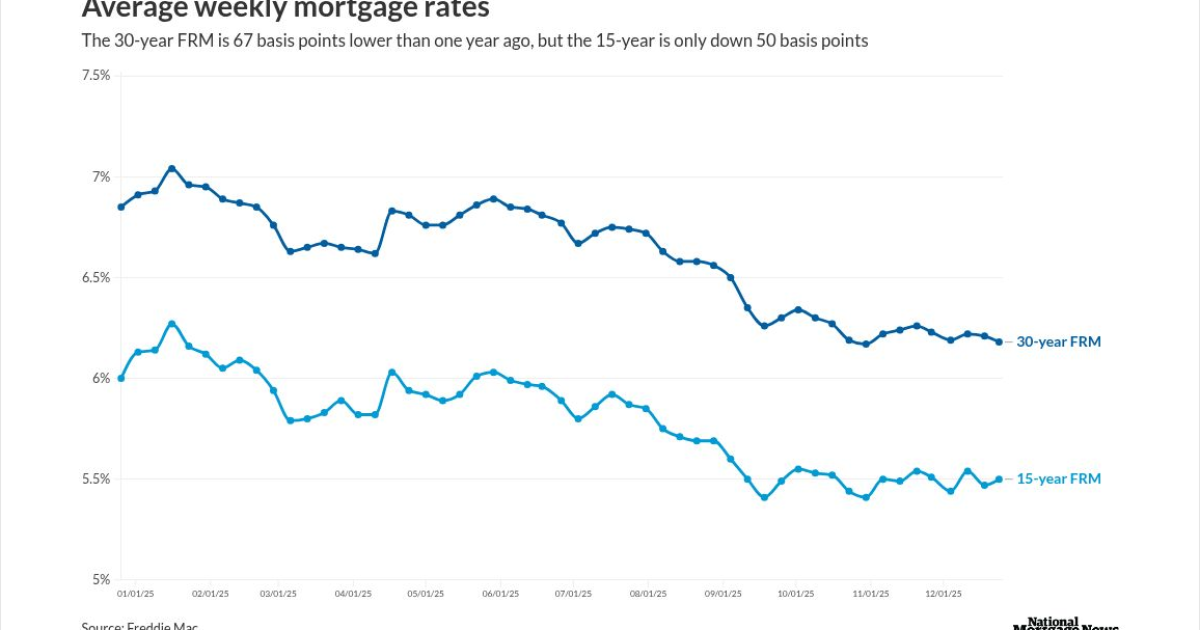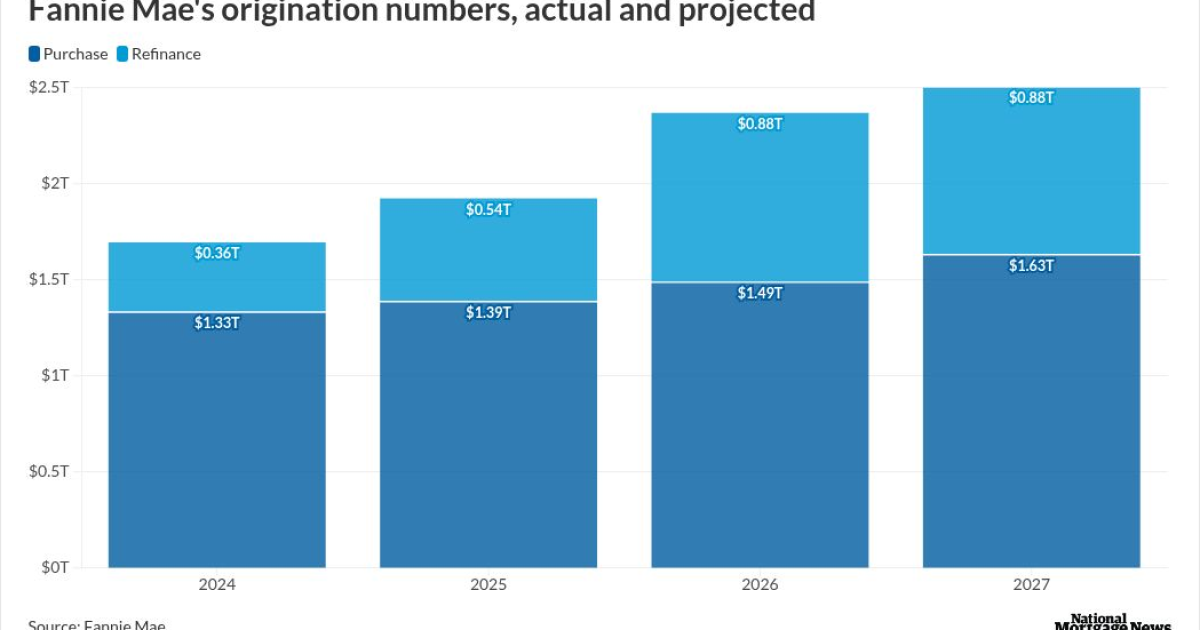
Fannie Mae
The 30-year fixed rate mortgage will average 6.5% for the current period, but fall to 5.9% by the fourth quarter and 5.7% for the same period in 2025, the February forecast reads.
Its January outlook put the 30-year FRM average at 5.8% for the fourth quarter and 5.5% one year later.
In the past two weeks, mortgage rates have zoomed up 26 basis points,
The
"Right now, our base case scenario foresees economic growth decelerating, rates gradually declining, and new single-family home sales slowly recovering as construction adds supply," Doug Duncan, Fannie Mae chief economist, said in a press release. "However, if economic growth continues to surprise to the upside, then we believe the risk of mortgage rates remaining higher for longer will also increase."
Total home sales should increase by 5% this year to just short of 5 million units, seasonally adjusted. New home sales of 734,000 units seasonally adjusted, represents a 9.9% rise.
Both numbers are higher than January's 3.7% and 7.7% respective predictions.
New home sales data for January released earlier on Feb. 26 found
"The outlook for the new single-family home market is positive, but there are challenges," First American Financial economist Ksenia Potapov said in a statement on the release. "Potential home buyers are sensitive to mortgage rate fluctuations and long-term interest rates have risen again in recent weeks in response to stronger-than-expected economic data."
Given those factors, Duncan cut his overall forecast for this year by $60 billion to $1.916 trillion from $1.977 trillion. The reduction was split evenly between the purchase forecast, now $1.457 trillion and refinancings, at $459 billion.
February's 2025 outlook is $83 billion lower, $2.358 trillion from $2.441 trillion one month ago.
Duncan cut the purchase prediction by $40 billion to $1.649 trillion, while dropping refis by $43 billion to $709 billion.
However,
All of that change comes from the purchase side, down to $1.53 trillion. The MBA's refinance outlook is for $471 billion.
Its forecasts for 2025 and 2026 remain unchanged at $2.339 trillion and $2.446 trillion respectively.
But First American's Potapov was cautious on the market going forward, stating "While the Federal Reserve is still expected to cut interest rates later this year and with fundamental demand remaining strong, builders are optimistic for the future. However, the significant boost in home sales activity typical for the spring homebuying season may be delayed later into the summer."



